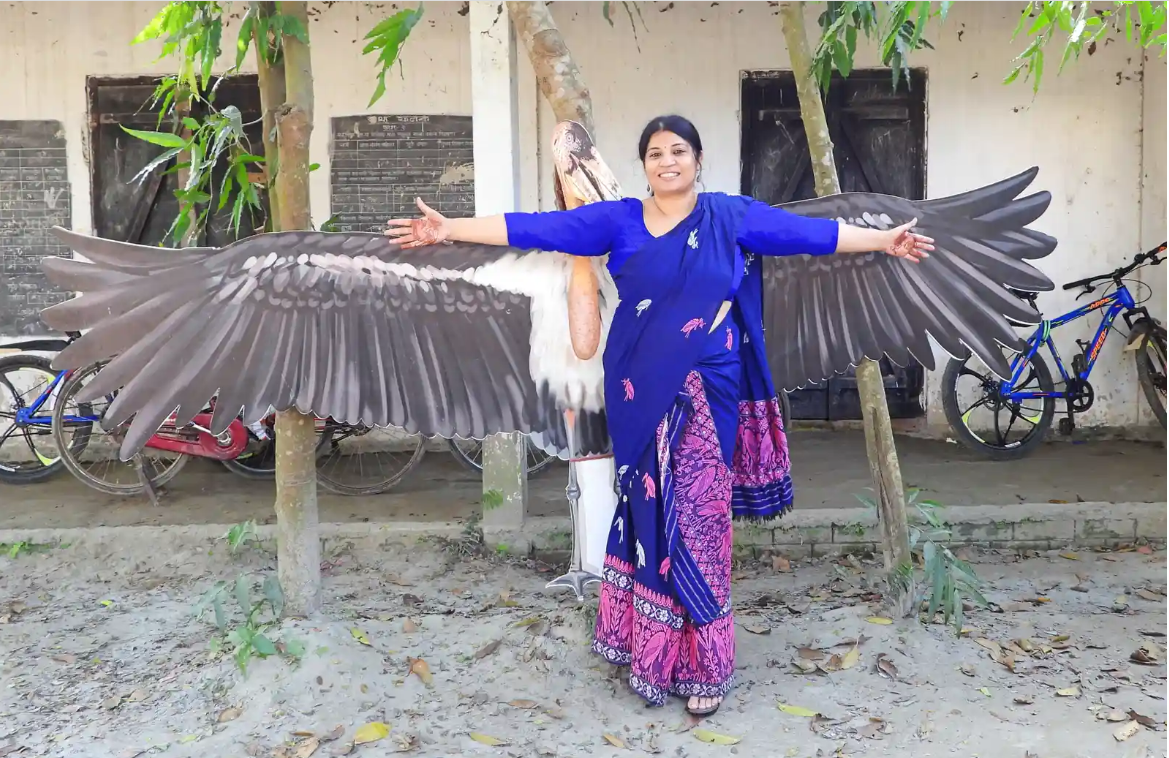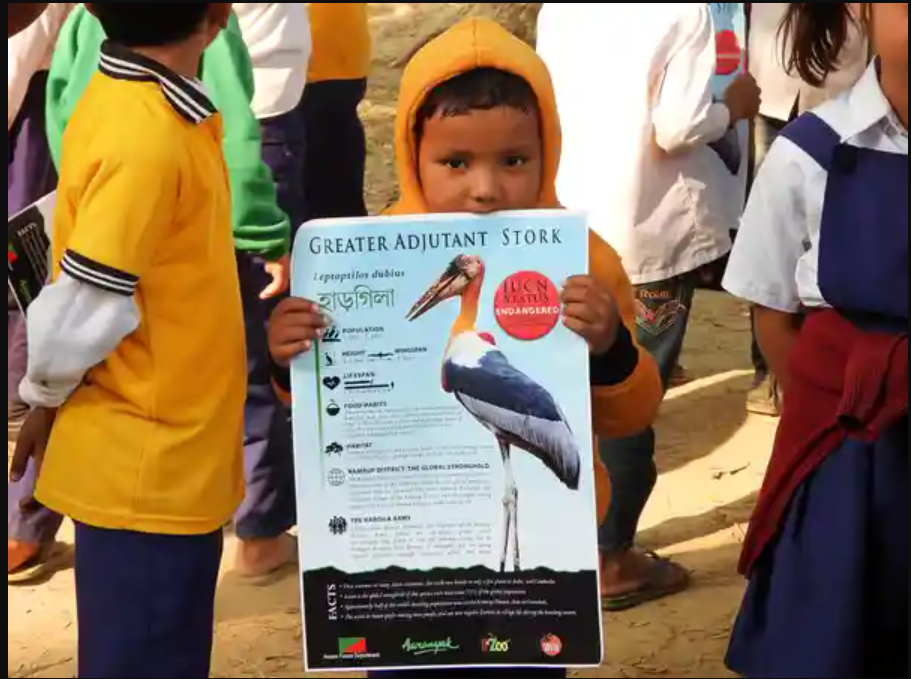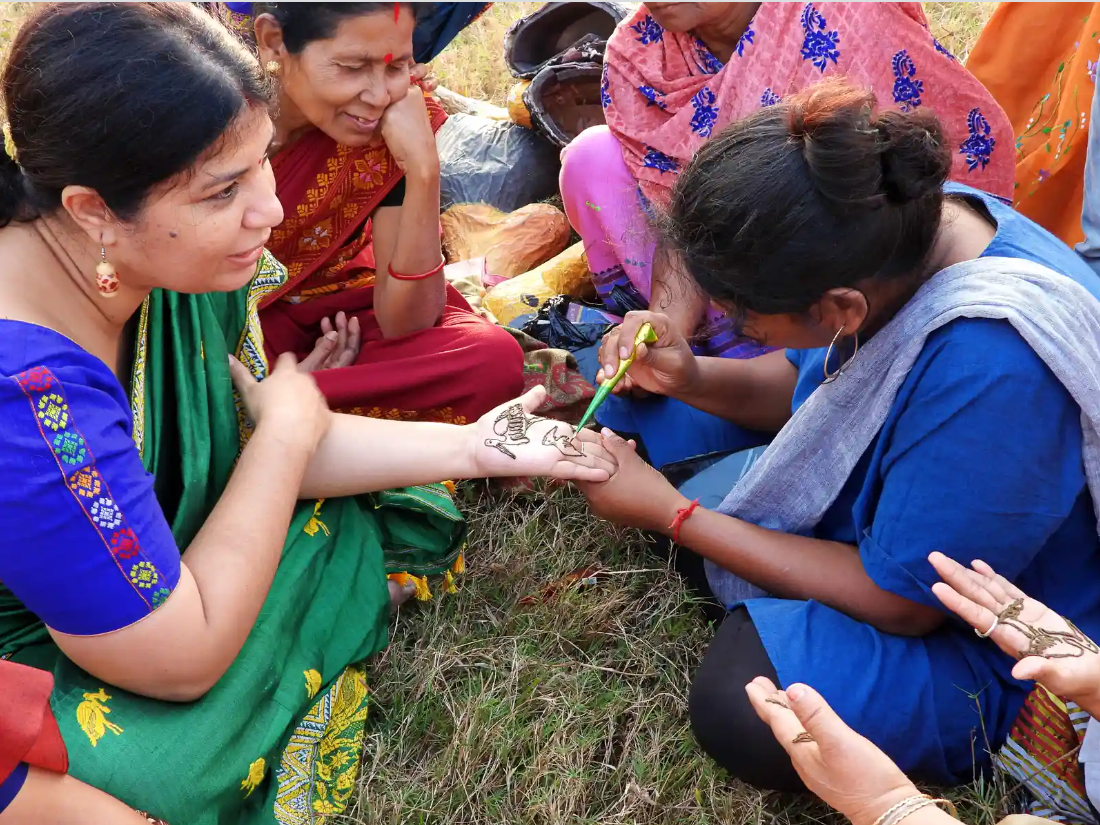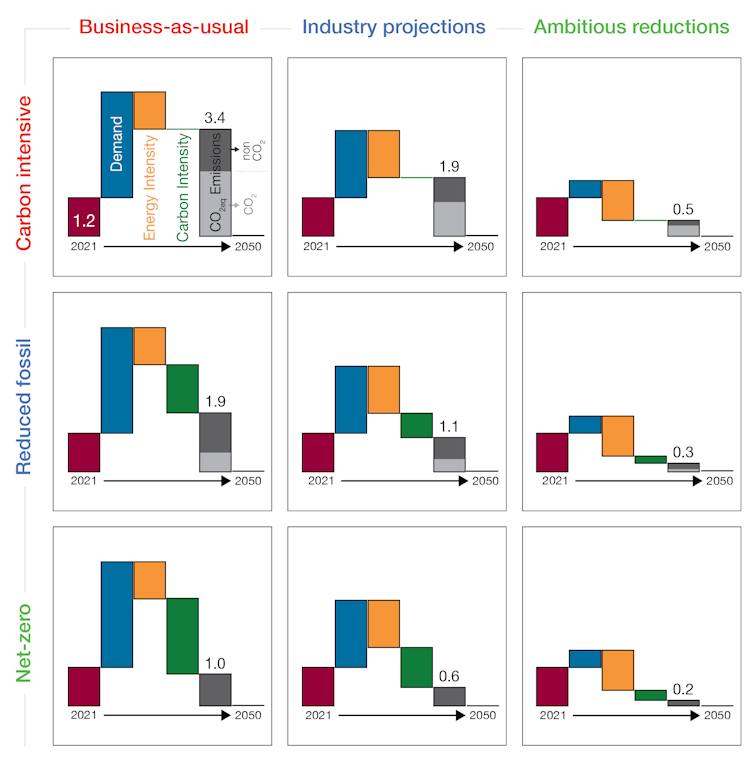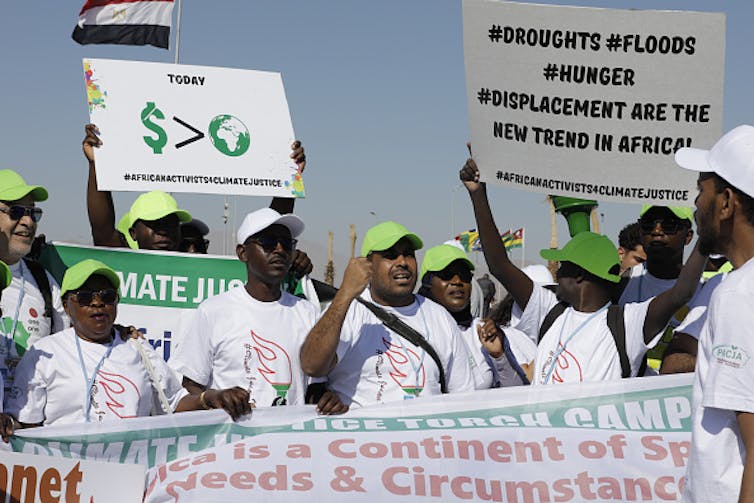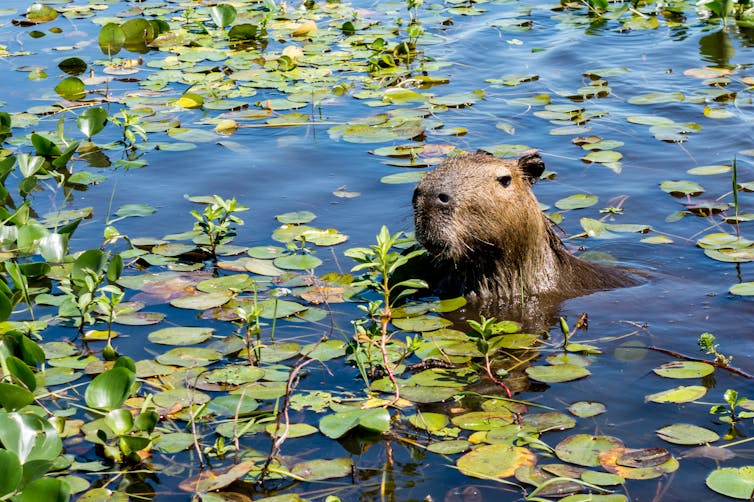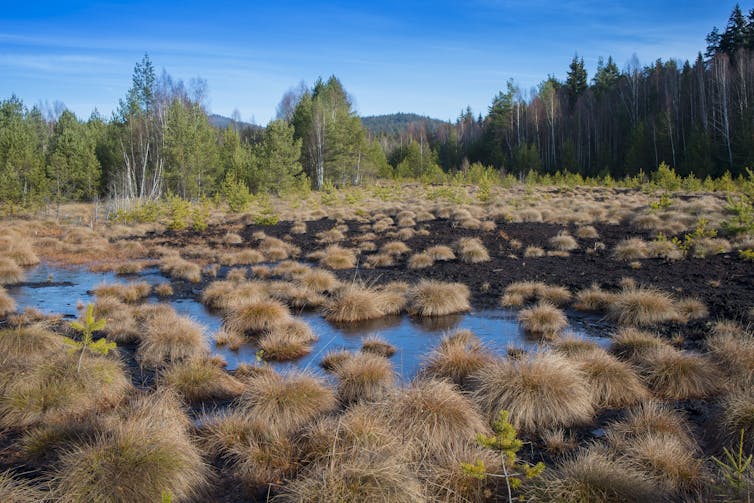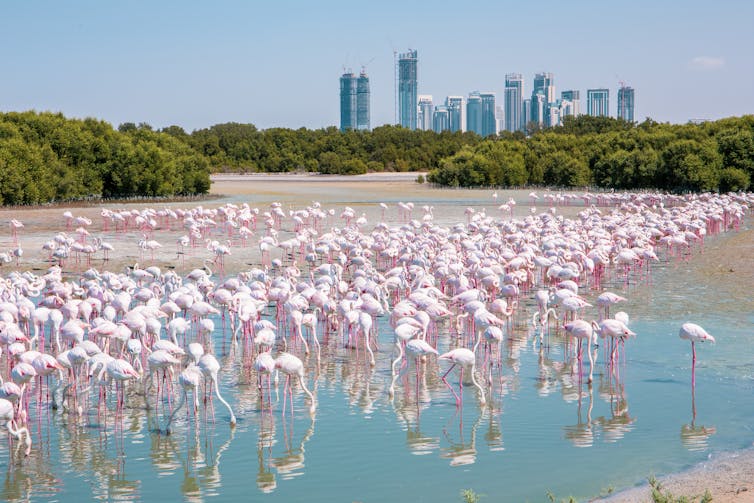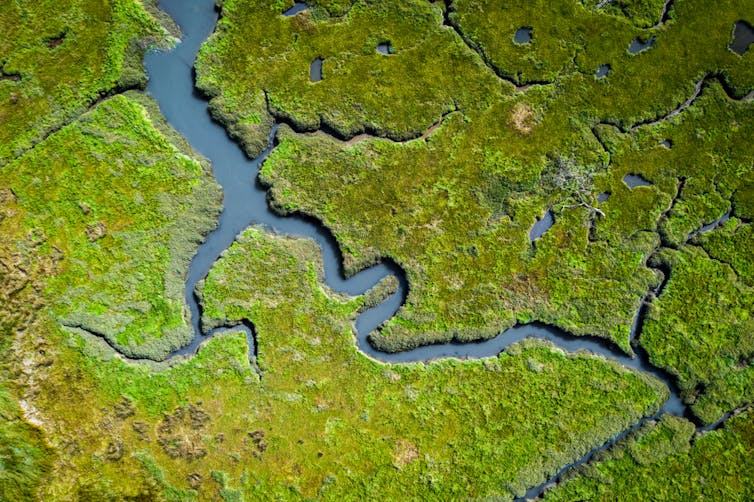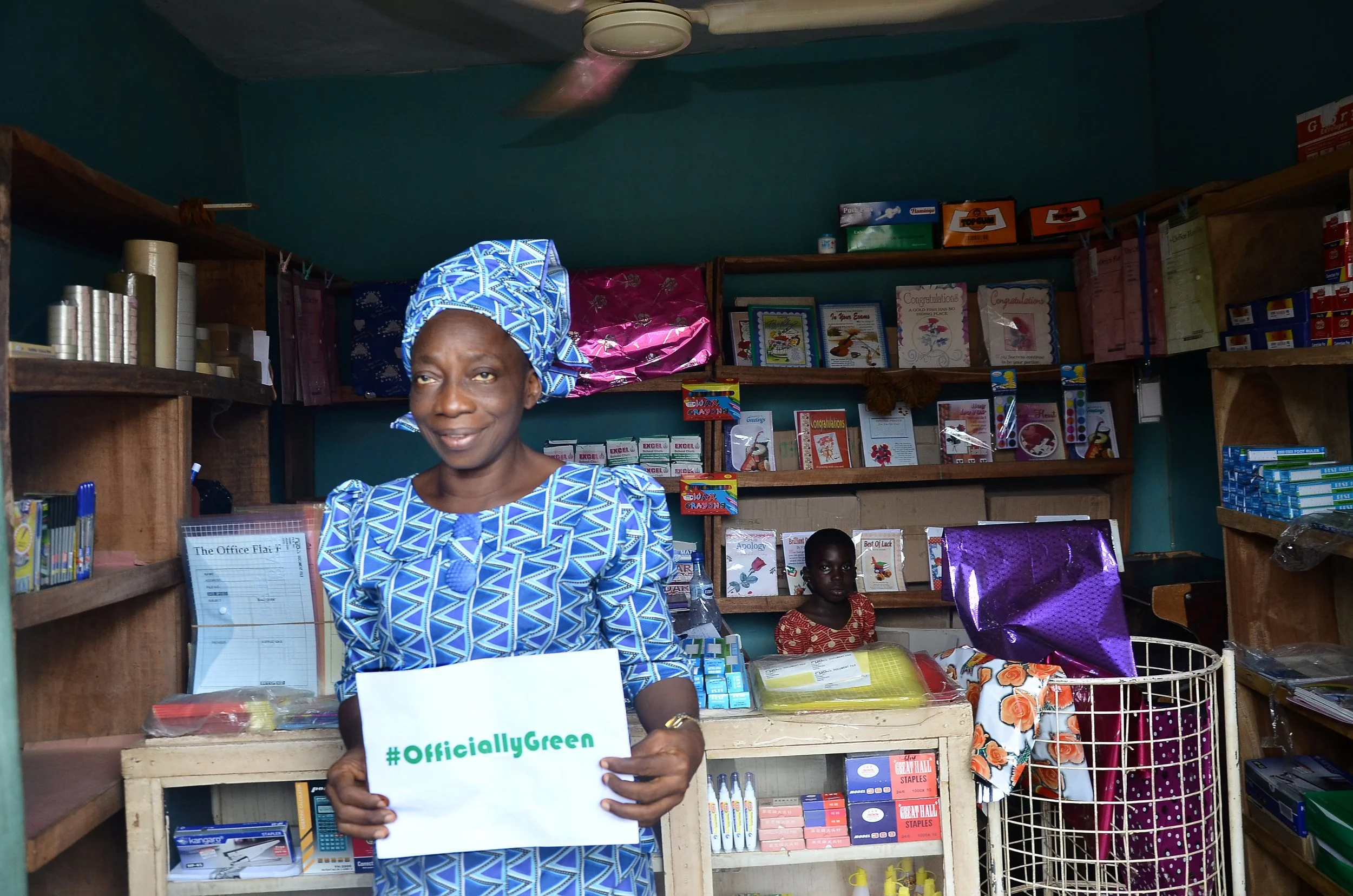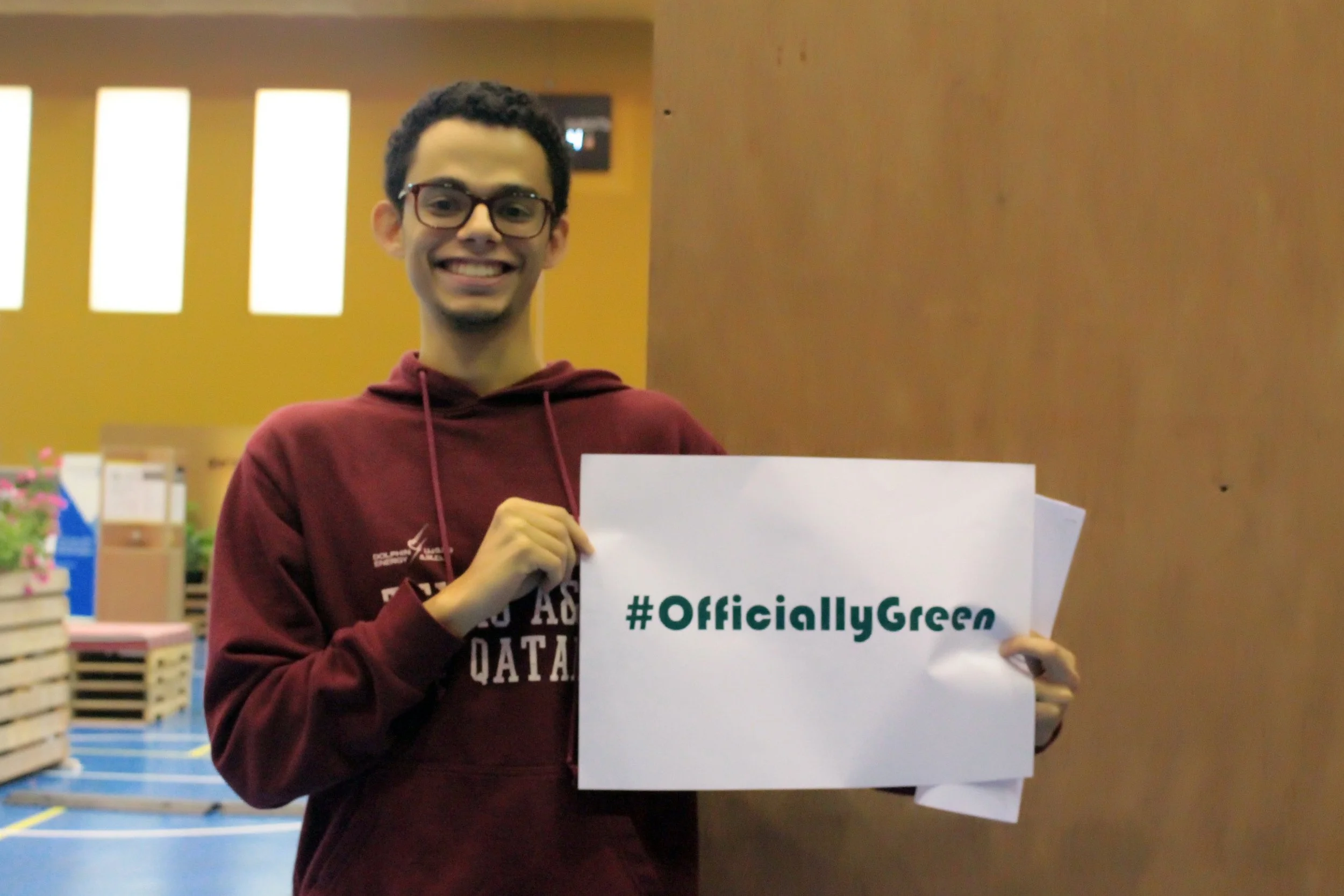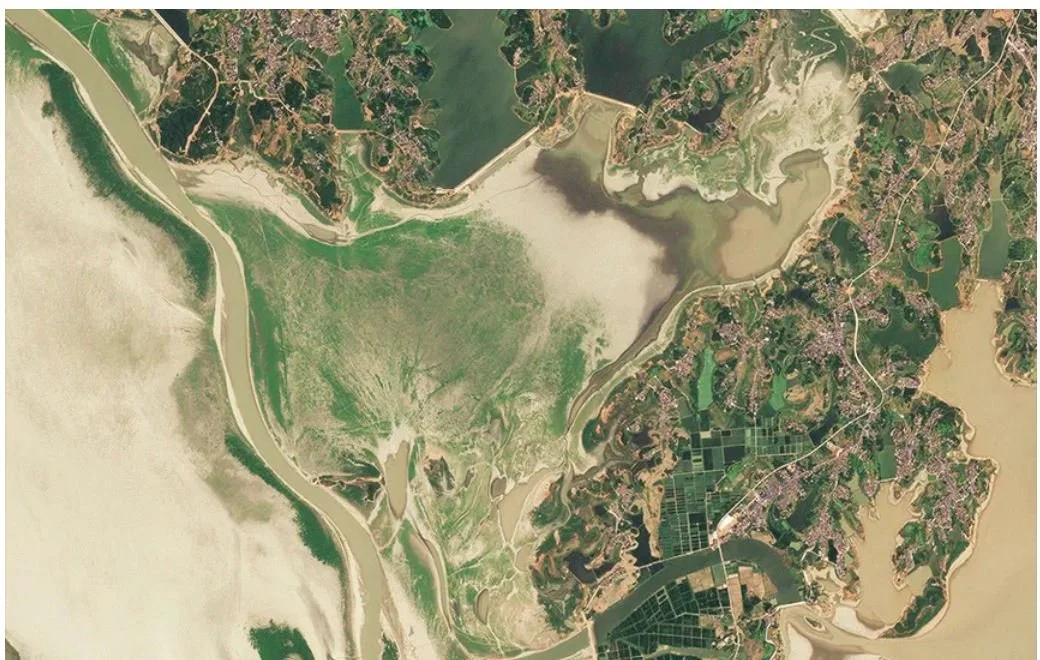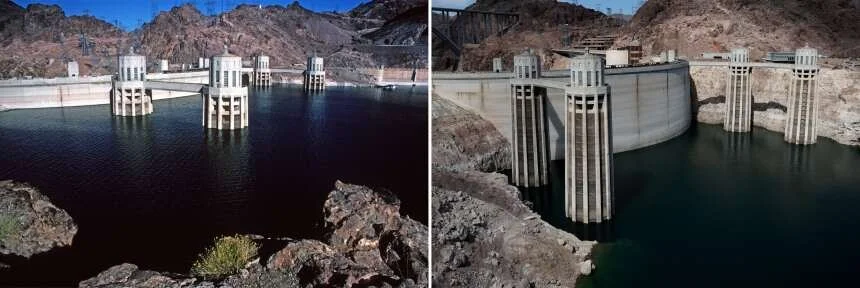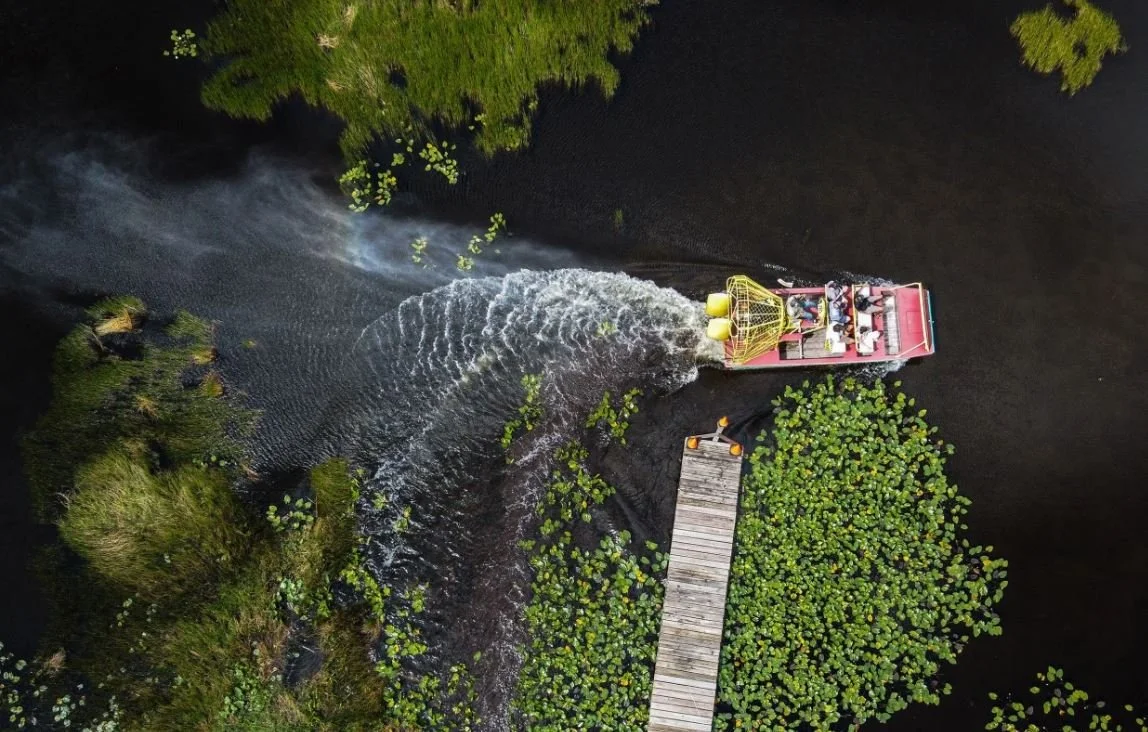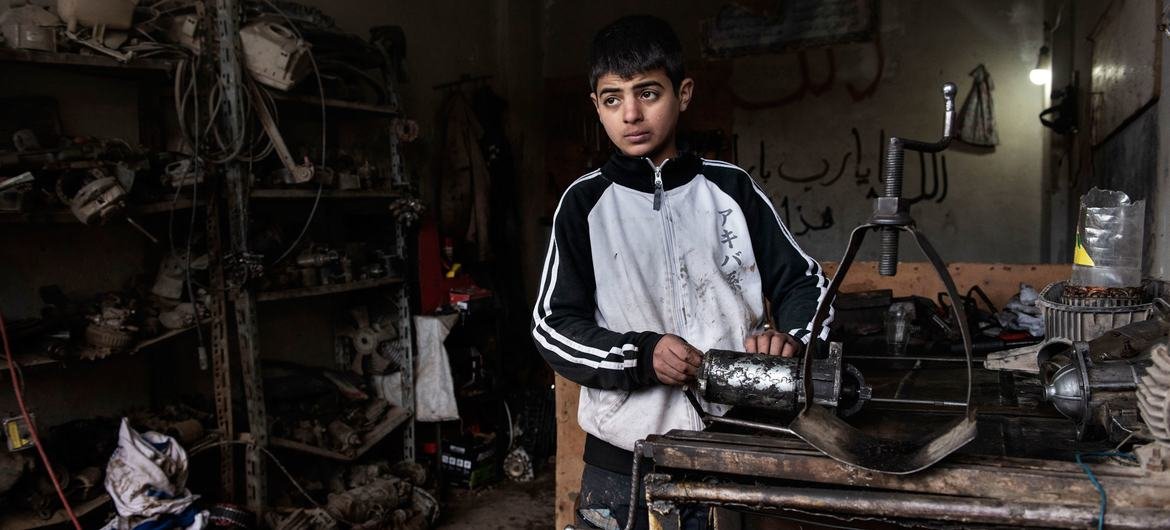Anne Pinto-Rodrigues
Guardian News
Greater adjutants, reviled as bad omens, were endangered until Indian conservationist Purnima Devi Barman transformed attitudes to the bird – and gave thousands of women a new identity
On a cool December afternoon a group of women dressed in brightly coloured mekhela chadors (Assam’s traditional handwoven clothing) sit in a circle on the grass at the Bhokha Beel wetlands, singing and clapping.
Some of the women are wearing papier-mache headdresses shaped like long-necked birds. As they sing, one of them gets to her feet and starts dancing.
They are part of the “hargila army”, a group of rural women in the Indian state of Assam who work to protect one of the world’s rarest storks: the greater adjutant (Leptoptilos dubius) – or hargila (meaning “bone swallower” in Assamese) as the scavenger bird is known locally. They are celebrating the recent UN Environment Programme’s Champions of the Earth award, conferred on the group’s biologist founder, Dr Purnima Devi Barman.
The endangered greater adjutant stork, or hargila
Barman won the award for her achievement in mobilising more than 10,000 women to help save the stork. “They are the protectors of the birds and of their nesting trees,” says Barman, referring to the band of homemakers turned conservationists.
The greater adjutant, a member of the stork family that can grow up to 1.5 metres (5ft) tall, was once abundant across south Asia. But its distinctive features – a featherless head, dangling gular (throat) pouch, striking pale eyes and long skinny legs – and its foul-smelling droppings and dietary preference for carrion – won it few fans.
The birds were not just reviled, they were seen as a bad omen and carriers of disease. Villagers attacked them with stones, cut down trees where they roosted communally and burned their nests.
I’ve always believed that, if given a chance, women can make a big difference in conservation-Purnima Devi Barman
Today the greater adjutant is endangered, with fewer than 1,200 adult birds in its last strongholds – the Indian states of Assam and Bihar, and Cambodia. Most of the global population is found in Assam, making Barman and the hargila army’s work critical to its survival.
Barman grew up in a village on the Brahmaputra, a river that flows for 2,500 miles through Tibet, north-east India and Bangladesh. As a child, she learned about Assam’s wildlife from her grandmother, who took her into the paddy fields where she worked and taught her about local birdlife. “She didn’t know how to write but she had a feeling for nature and taught me lots of songs and stories about the birds,” says Barman.
Barman and members of the 10,000-strong hargila army sing and dance to traditional songs
Her love of the natural world stayed with her. She gained a first degree and a master’s in zoology and was about to embark on a PhD on the greater adjutant when a contact phoned to tell her that a villager in Dadara had cut down a kadam (burflower) nesting tree in his yard.
When she arrived at the site she was appalled to find the ground littered with nests and dead or injured chicks. “It was my mothering instinct. I wanted to do something to protect these innocent creatures,” says Barman, whose twin girls were two at the time.
Barman began teaching the villagers about the birds’ importance as “nature’s cleaning crew”, and why nesting trees should not be cut down. In response, she was taunted and asked to clean the foul-smelling mess herself. The hostility she faced made her realise that to save the bird, she first needed to change the community’s attitude to it.
Barman with a lifesize cutout of a greater adjutant stork
The badge worn by members of the hargila army; a sign in Dadara village shows the partnership with the state forest department, the district administration and police
She delayed her PhD and set to work: she organised public meetings where she honoured the owners of trees, mostly men, instilling in them a sense of pride in their role as guardians. The tactic paid off. “Not a single nesting tree has been cut down since 2010,” she says.
But it was the women who Barman believed held the key to sustainable and community-led conservation. The problem was they were confined to their homes and household chores. So Barman found creative ways to bring them out where she could talk to them. She began organising cooking competitions of traditional sweets and snacks, where she befriended the women and talked about the birds.
She tapped into the women’s nurturing side by organising “baby showers” during the storks’ breeding season, inspired by a Hindu ritual for expectant human mothers, and “happy hatching” ceremonies to commemorate the arrival of the chicks. Slowly but surely, the women began to accept the birds as part of their world.
A primary school pupil holds a stork conservation poster. The hargila army members help encourage school children to protect the bird
By 2014, the conservation movement had gathered momentum and the hargila army was born. “Conservation is all about uniting people and building ownership,” says Barman. “I’ve always believed that, if given a chance, women can make a big difference in conservation.”
Today, the once-maligned bird is now a cultural symbol, appearing on everything from towels to road-safety campaigns.
In the villages of Dadara, Pacharia and Singimari (all in Kamrup district), greater adjutants’ nests have increased from 28 in 2010 to more than 250 according to Barman’s last count, making the area the world’s largest breeding colony. “We now have more than 1,000 hargila birds in Assam,” says Barman, referring to recent but unpublished data collected by her team.
Mamoni Malakar paints a henna tattoo of the hargila on Purnima Devi Barman’s palm
Joining the hargila army gave me a chance to show everyone that I could do something meaningful with my life-Daivaki Saikia
The conservation efforts have also transformed the lives of the women, who now go into other villages to raise awareness of the birds. “Joining the hargila army gave me a chance to show everyone that I could do something meaningful with my life,” says Daivaki Saikia, a young widow from Dadara’s marginalised fishing community, who has been a member for five years.
The UN award was for Barman’s “entrepreneurial vision” in using conservation to improve women’s economic status. Assam has a rich tradition of weaving, so Barman secured funding for 30 looms and provided training in weaving the hargila motif into fabrics, providing women with an independent income. Eighty women were also given sewing machines to make bags, cushion covers and other items from the handwoven fabrics.
In 2021, Barman established the Hargila Learning and Conservation Centre in a government school in Pacharia village, where hargila army members use songs, art and games to encourage children to protect the birds.
Hargila army member Sarawasti Das weaving a mekhela chador (a traditional Assamese sari) adorned with the hargila motif
Juggling her job as a biologist at Aaranyak, a wildlife non-profit organisation based in the city of Guwahati, Barman continues to help preserve the hargila. In February the hargila army begins its work in the districts of Morigaon and Nagaon, with further expansion planned for Assam.
She also hopes to set up a nursery for kadam trees that can be distributed to those who want to plant them in their gardens (45,000 saplings have already been handed out). “This will help improve the back-yard biodiversity,” says Barman.
Barman’s unwavering dedication has been recognised in India and internationally. Last year she was named World Female Ranger and in 2017, she received the prestigious Whitley award, known as the “Green Oscars”, as well as India’s highest civilian honour for women – the Nari Shakti Puraskar.
But Barman refuses to rest on her laurels. No opportunity to advocate for the bird is missed. “My intention is to involve everyone,” she says. “If people are concerned about the conservation of the hargila and its habitat, it will help other species as well.”




